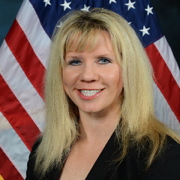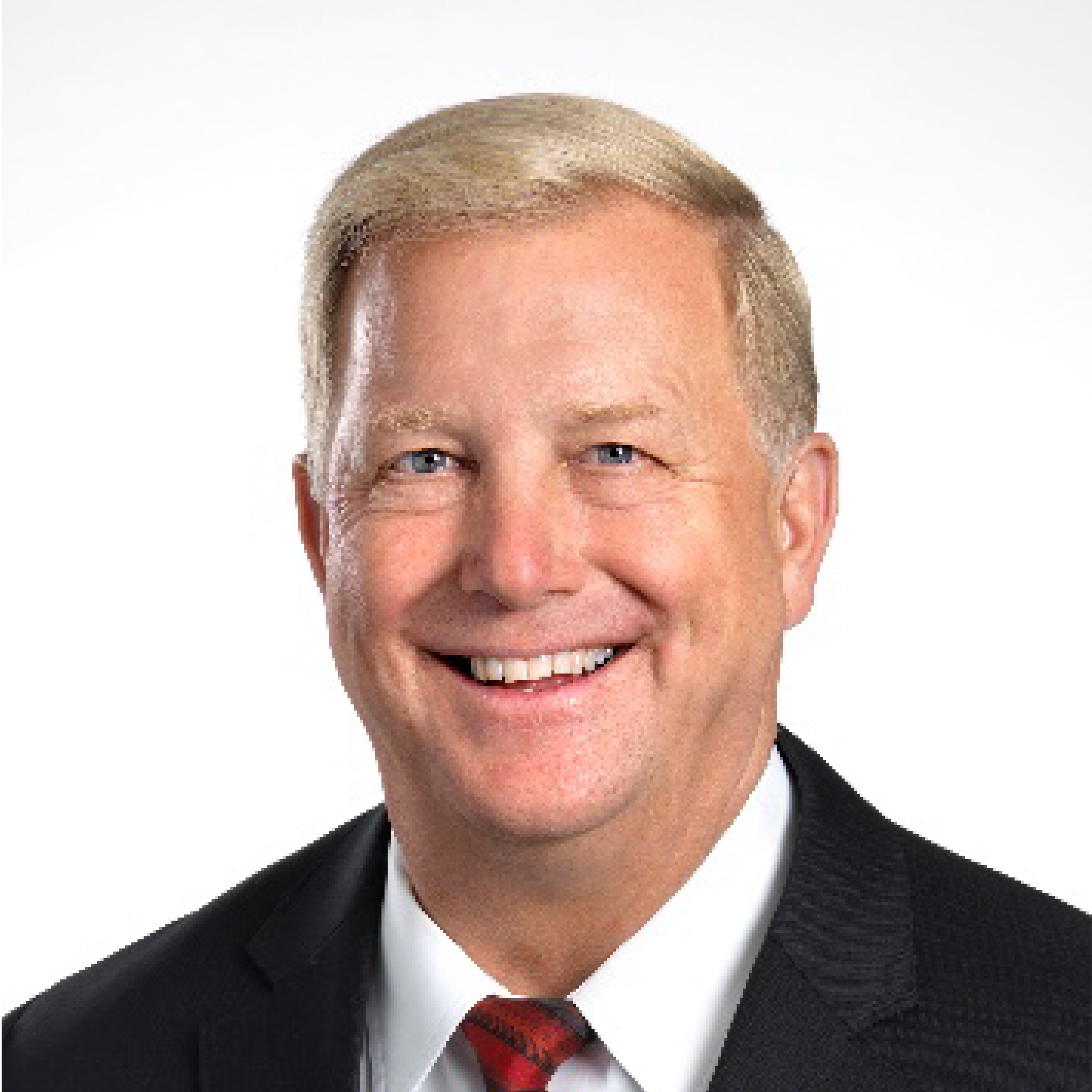From the new Space Force to the Space Development Agency what new nontraditional models have emerged? Acquisition and operational activities are undergoing fundamental changes. What is the potential impact on the deployment of innovative technologies and ways of thinking about problems.
 Phil Carrai
Phil Carrai
 Erik Daehler
Erik Daehler
Erik Daehler is the Senior Director of Protected Communications Satellite Missions for the Lockheed Martin Corporation. In this capacity, he is responsible for the development, deployment and operations of strategic and tactical communications satellites for the United States Government, allies, coalition partners and commercial customers. He brings 20 years of aerospace and defense experience to the mission.
Mr. Daehler is responsible for the development of next-generation satellite communications (satcom) product offerings, technology solutions, satellite design and system architectures. In this role, Mr. Daehler uses his experience in commercial satcom to innovate and affordably develop solutions for government missions. He directs the team delivering the most-advanced programs including AEHF, MUOS, PTS, ESS, COOLR as well as future programs in Australia, the United Kingdom and across the globe for Lockheed Martin’s government and international customers.
Prior to joining Lockheed Martin, Mr. Daehler was the Director of Product Innovation for Boeing, where he led development of new satellite platforms for Boeing’s Advanced Network and Space Systems, including the first of a kind 702SP all-electric, dual-stacked satellite and the 502 remote sensing satellites.
Mr. Daehler has a background in optical physics with applications in communication and space remote sensing. This mission experience shaped the strategy for new technology development. Mr. Daehler led research and development for Boeing’s unmanned satellite systems, worked as a Chief System Architect and Systems Engineering Manager on large-scale satellite and network systems for commercial and government customers.
Mr. Daehler joined Lockheed Martin at NASA’s John C. Stennis Space Center in 2000 where he performed calibrations of space and aircraft-based earth observation systems. In 2002, he transitioned to Boeing to develop next-generation space systems including the X-37B reusable space plane. In 2016, Mr. Daehler returned to Lockheed Martin to grow the commercial communications and remote sensing business.
Mr. Daehler was educated in Europe at the Technical University of Delft in the Netherlands where he received his Master’s degree in Space Systems Engineering. He also received a Bachelor of Arts in Physics from The Colorado College in 1998.
 Clare Grason
Clare Grason
Clare A. Grason is Chief, Commercial Satellite Communications (COMSATCOM) Office, assigned to Headquarters United States Space Force, Washington, D.C. She is responsible for delivering COMSATCOM capabilities to support the joint warfighter, federal agencies and international partners. Her portfolio includes the Enhanced Mobile Satellite Services (EMSS) Program Office, the EMSS Gateway and Capabilities Office and the Department of Defense COMSATCOM Solutions Office.
EMSS is an $800 million global satellite program that provides the Department of Defense, federal and coalition partners with unlimited access to the commercial Iridium constellation, a mesh-network of 66 on-orbit cross-linked satellites, through a dedicated, EMSS controlled gateway.
The COMSATCOM Solutions Office acquires any commercial satellite capability for any customer, anywhere, and has $4.6 billion under management.
Prior to this role, Ms. Grason was the SATCOM Division Chief, Defense Information Systems Agency (DISA). In this role she managed the Department of Defense Enterprise Gateways Program Office, the SATCOM Operations Integration Branch, and the COMSATCOM portfolio described above, prior to its Congressionally-directed transfer to the AFSPC. Other assignments include Program Manager, EMSS and Program Manager for a classified telecommunications system within DISA’s National Leadership Command Capabilities Center (NLCC). Ms. Grason began her career in government with DISA as a contracting officer, and served as the Chief, Special Projects Contracting Branch, which held a contracts portfolio valued at over $2 billion.
Prior to joining the government, Ms. Grason was a retirement funds analyst for T. Rowe Price.
Ms. Grason received her Bachelor of Science Degree in Finance from West Virginia University, and is a Certified Public Accountant.
Ms. Grason is DAWIA Level 3 certified in contracting.
 Pete Hoene
Pete Hoene
Brigadier General Peter F. Hoene, USAF (Retired) was named President and CEO of SES Government Solutions on January 19, 2015. In his previous role, he served as the Corporate Vice President for Development for SES Government Solutions, headquartered in Reston, VA. As Corporate Vice President for Development, he worked with United States warfighters and other government users to help determine their requirements and offer communications support, hosted payload opportunities, and network solutions. He then communicated those requirements to the SES parent organization to take advantage of existing on-orbit SES fleet capacity, or to influence future satellite designs.
Pete retired from the U.S. Air Force in 2010 as Brigadier General, following 30 years of service. He is a graduate of the U.S. Air Force Academy, as well as a distinguished graduate of both the Air Command and Staff College and the National War College. He holds two master’s degrees and served in a wide variety of Space, Command and Control, and research, development, acquisition, test, staff and command assignments. In his last active duty position, Hoene served as the Defense Information Systems Agency (DISA) Program Executive Officer for Command and Control, where he managed a portfolio of Joint and Coalition Command and Control and Information Sharing programs.
Prior to his DISA assignment, he was Commander, 350th Electronic Systems Wing (C2&ISR Wing), Electronic Systems Center, Hanscom Air Force Base, Mass., where he managed a portfolio of 49 command and control (C2), ISR, Space and Cyber programs valued at more than $9 billion.
 Ken Peterman
Ken Peterman
Ken Peterman is President Government Systems at Viasat. A world leader in satellite communications, networking and related technologies, Viasat (sales ~$2B/yr) employs well over 6,000 professional and support personnel worldwide. Viasat produces satellite payloads and ground infrastructure, satellite terminals, networked data links and cybersecurity solutions that provide high speed, assured, secure global communications serving both the commercial and government sectors. Viasat’s government business is a market leader in tactical networking and Link-16 datalinks; information assurance and cybersecurity; assured, high capacity satellite communications; and air/ground situational awareness.
Under Ken’s leadership as President Government Systems, Viasat has built a culture of passionately focusing on the warfighter’s mission and applying technical innovation to empower the warfighter in new and different ways – ways that many never dreamed possible. He has led Viasat’s transformation in becoming a prime communications provider to the US DoD, with a commitment to connecting the world’s toughest missions and ensuring that mission operators have the information they need, where and when they need it.
A distinguished leader in Defense & Aerospace, Ken Peterman has helped shape the strategic landscape in tactical and satellite communications, cybersecurity, and C4 defense technology sectors through successful tenures at the President/CEO and VP/GM level of several top defense companies, including ITT Exelis, Rockwell Collins, and Raytheon. He has accumulated deep credentials via successful leadership experiences in a diverse array of organizational cultures and geo-political environments across over 40 years in the defense segment and is a respected thought leader among US and international senior leaders.
Along with his wife, Jennifer, Ken’s charitable and philanthropic efforts primarily focus on environmental conservation and providing assistance to socially and economically disadvantaged in certain US communities, as well improving education and economic stability for women and children in certain developing countries. Ken serves on a variety of boards and advisory groups where he helps advance the strategic trajectories of the military communications and technology sectors.